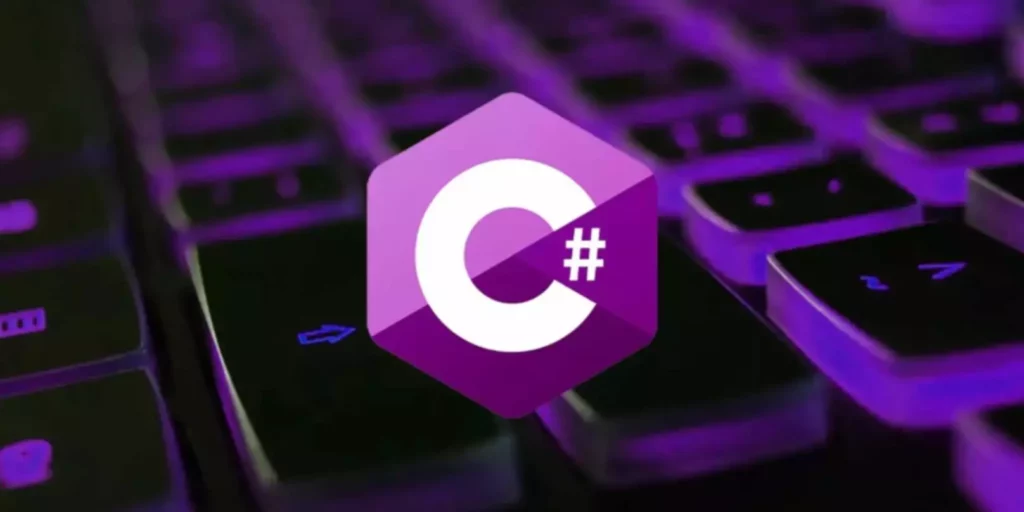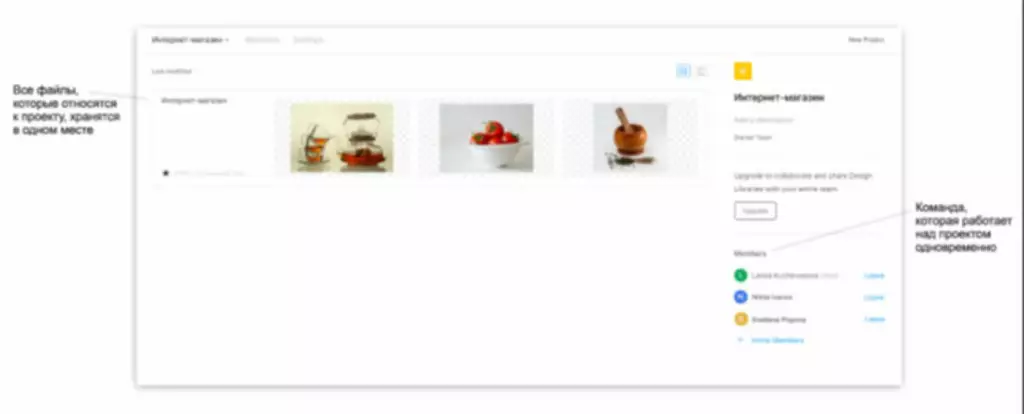Entity Framework Core Ef Core Tutorials
This ORM supplies builders to automate the mechanism of storing & accessing the information from the database. Now let’s dive into how EF Code First works and why it’s a game-changer for your growth course of. By choosing the Code First approach in MVC, you achieve flexibility and control over the database, making it easier to manage adjustments and scale back handbook overhead. Create classes in your DAL that symbolize the entities of your database (such as Customer, Product, and so on.). These courses ought to have properties that map to your database columns. T is available as a nuget package and you may set up it utilizing Nuget Bundle Supervisor.
After that we will write the code for retrieving the information from our sql database. In that I created an worker desk and utilizing this we are going to program the retrieve operation. As our database has one table, so we have to choose that Worker Table.
Mvc Model
- Entity Framework additionally permits builders to program in opposition to a conceptual model that reflects utility logic quite than a relational mannequin that displays the database construction.
- In our upcoming article, we are going to focus on using enterprise objects as our model.
- From the beneath window, we’re going to choose the Empty Project Template and Select MVC from Add Folders and core reference part.
- A new StudentsController has added that contains some auto generated code as given under.
- This Entity Framework Core (EF Core) Tutorial collection will cowl most of the ideas related to Entity Framework.
- Here, on this article, we simply see tips on how to use Entity Framework in ASP.NET MVC Application.
Now, this DbContext will do many things for us corresponding to it’ll create databases and tables. Entity Framework (EF) is a powerful Object-Relational Mapper (ORM) framework for .NET. It simplifies database interactions by permitting you to work with information using .NET objects as a substitute of writing uncooked SQL queries. This tutorial demonstrates using EF in an ASP.NET MVC utility to handle knowledge.
Entity Framework handles database creation, migration, and schema administration, saving time and lowering errors when in comparability with handbook database design. Migrations can be version-controlled and shared, making certain that all builders stay synchronized on the database schema. To totally leverage the Code First approach in MVC, it’s important to understand the role of Entity Framework (EF).
Say goodbye to complicated SQL and hiya to a more efficient, scalable growth process. Bear In Mind entity framework types, you will lose all your data when you migrate your database right here. Still, Microsoft is working on this topic to keep away from information loss, hoping to see such performance in coming releases.

How Do Migrations Work In The Code First Approach?
It simplifies database management and offers flexibility through the development course of. ORM permits builders to work with information when it comes to objects quite than tables and columns. That means ORM routinely creates courses primarily based on database tables, and vice versa can be true. It can even generate the required SQL to create the database based on the lessons. Entity Framework simplifies information access in ASP.NET MVC purposes by offering a robust ORM framework.
Step 1: Install Entity Framework

For more info, verify this Code First Approach in Entity Framework. In the Database First approach, we use an current database to create a enterprise model from that. For extra data, check this Database Frist Strategy in Entity Framework.
Step 4 Including Controller And Views
Now that you’ve an summary of the Code First strategy in MVC let’s discover the important thing ideas that make this method so highly effective and environment friendly for contemporary improvement. For native improvement, the ASP.NET Core configuration system reads the connection string from the appsettings.json file. It will create the DBContext class for us whose name is the same as the name of the connection string that’s EmployeeDBContext. The EmployeeDBContext class derives from the DbContext class and is liable for establishing a connection to the database. The EmployeeDataModel.Context.cs which is inside EmployeedataModel.Context.tt as sown below.
The framework will create the EDMX file throughout the Models folder. Here I am going to make use of Entity Framework 6.x, so I am choosing the Entity Framework 6.x radio button and click on the Next button as proven within the under image. In the next step, click on on the new connection From Choose your data connection wizard as shown beneath. A new StudentsController has added that accommodates some auto generated code as given below. To make the most of the Entity Framework Code First method, it’s necessary to comply with certain finest practices.
By following the steps outlined above, developers can simply combine EF into their applications, permitting for efficient information manipulation and administration. Now we have https://deveducation.com/ to add Entity so right here I am going to make use of database first strategy when we now have an already-existing database then we’ll choose the database first strategy. So for this right click on our answer explorer and go add and select data in left panel and then select ADO.Internet Entity Data Mannequin.
Let’s perceive why we need to use the ORM Framework with an instance. Suppose we wish to develop an application to handle the scholars of a college. To do this, we could need to create classes similar to Scholar, Department, Address, and so on. Technically, we name these lessons Domain classes or enterprise objects.

